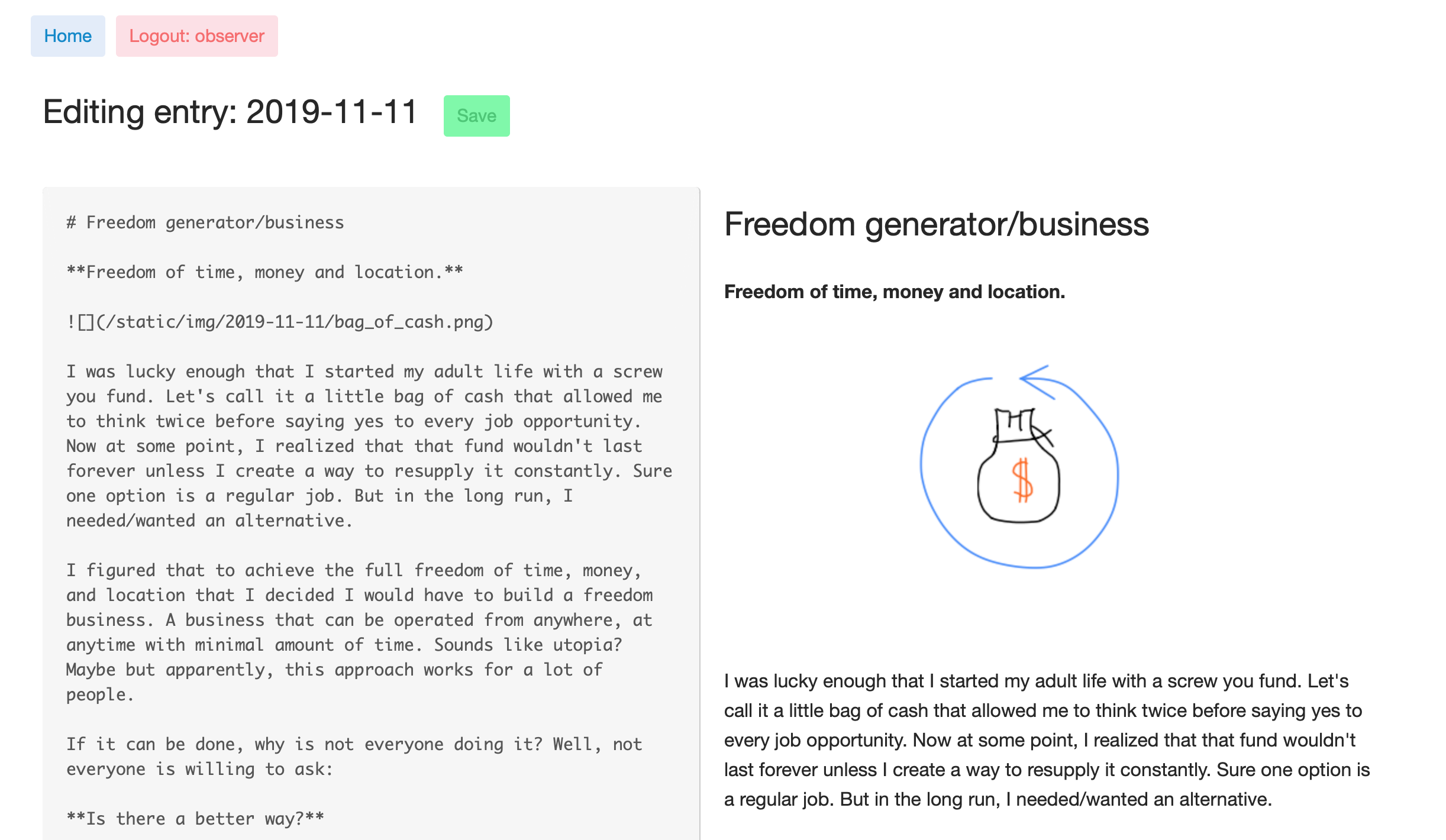♦ 🐆 3 min, 🐌 6 min
Why I struggled with writing?
I try to write two newsletters:I started systematically writing in April 2019. I was able to maintain a steady pace for around a year. Then in mid-March 2020, my writing started to "slip". I had to force myself to write the newsletters, which was stupid because I was supposed to enjoy the writing. I had hit a bit of a snag. I had ideas about what to write, drafts that needed just a bit more of polishing. But I didn't pump those pieces out.The issue for me was how to write finished stories that fit into a large picture. My writing was just whatever idea popped up in my mind at that moment.So I took a few months break. Downscaled the publishing and finally circulated back to the question that many people from my audience asked me.What am I trying to communicate? Whom do I write for?
I said. I write what I would like to read. Sure that's a noble motivation, but it's not enough.What's the story? Why is this particular story relevant to the reader?For Minimalistic software:- Story: Simple software.
- Why?: Share my lessons on how to write simple software, deepen my coding expertise and make some 💰💰.
- Story: My journey through life and lessons learned.
- Why? 🤷♂️
Habit of writing
As in any habit formation momentum is everything. In November 2019, I did the challenge of writing each weekday which resulted in 20 pieces. The process gave me tremendous momentum.But in 2020, I had to force my self to write the newsletter. That was because I tried to write only once a week. Every Monday and that was it.Reality is that selective writing habit can get you only so far. Once the motivation fades. Bye, bye.If you write two hours a day suddenly you get from:no topics to write about,to too many topics to write about. As a result of regular writing in the last year, I learned:- How to write finished, coherent pieces quickly.
- How to generate enough authentic content material weekly.
Stages of writing
Depending on how much you write, you know that staring at a blank piece of paper is pretty daunting. Sure you come up with something, but in the long run, that's not the best writing strategy.Nowadays, I split all of my writing into three stages to avoid staring into a blank page.There are three main stages:- 1.) Get the topic idea and write the bullet points into my journal. Type the bullet points to the PC.
- 2.) Think how the draft can be improved (view draft on the tablet). Write notes into the journal and then type up the improvements.
- 3.) Polish the draft on the PC to the death.
- Stage 1 is easy.Just make sure you capture your brain farts.
- Stage 3 is easy. Just rewrite one sentence at the time. This stage is cosmetics. Iterate until the text flows.
- Stage 2 is tricky. My approach? Let the piece marinate for a bit. Leave it for a few days and then get back.

Why I hope this time it will work?
During 2020 I created quite a backlog of ideas.I severely "upgraded" my content creation habits. I write every day, draw every day, quite often store cool images. In other words, content creation has become my daily habit. While in 2020 it was more off an accidental action every now and then.I'll try to downsize my expectations for perfect pieces. I'm still a novice that needs to write several tens of thousands of words before becoming a decent writer.Get notified & read regularly 👇